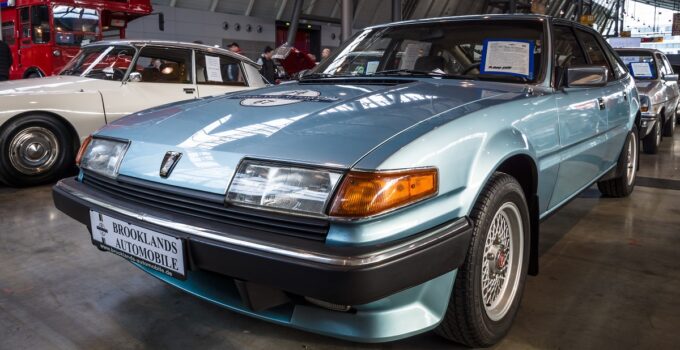Imagine walking through a scrapyard, rows of rusting relics from a bygone era stretching out before you. Most see heaps of metal destined for the crusher, but a true car enthusiast sees potential—a glimmer of what once was and what could be again. Have you ever wondered about the journey that transforms these forgotten machines into showroom stunners?
1. Finding the Diamond in the Rough

Image Credit: Shutterstock / Ayman alakhras
The first step in car restoration is discovering the right project. Whether it’s a 1965 Mustang or a 1957 Chevy Bel Air, the thrill lies in finding a vehicle with solid bones. Enthusiasts often scour classifieds, auctions, and scrapyards for a car that speaks to them, despite its current state of disrepair.
2. Assessing the Condition

Image Credit: Shutterstock / Ground Picture
Once a potential project is found, a thorough assessment is crucial. This involves evaluating the chassis, engine, and bodywork to understand the extent of restoration needed. Tools like rust detectors and compression testers help determine if the car is worth the investment.
3. Planning the Restoration
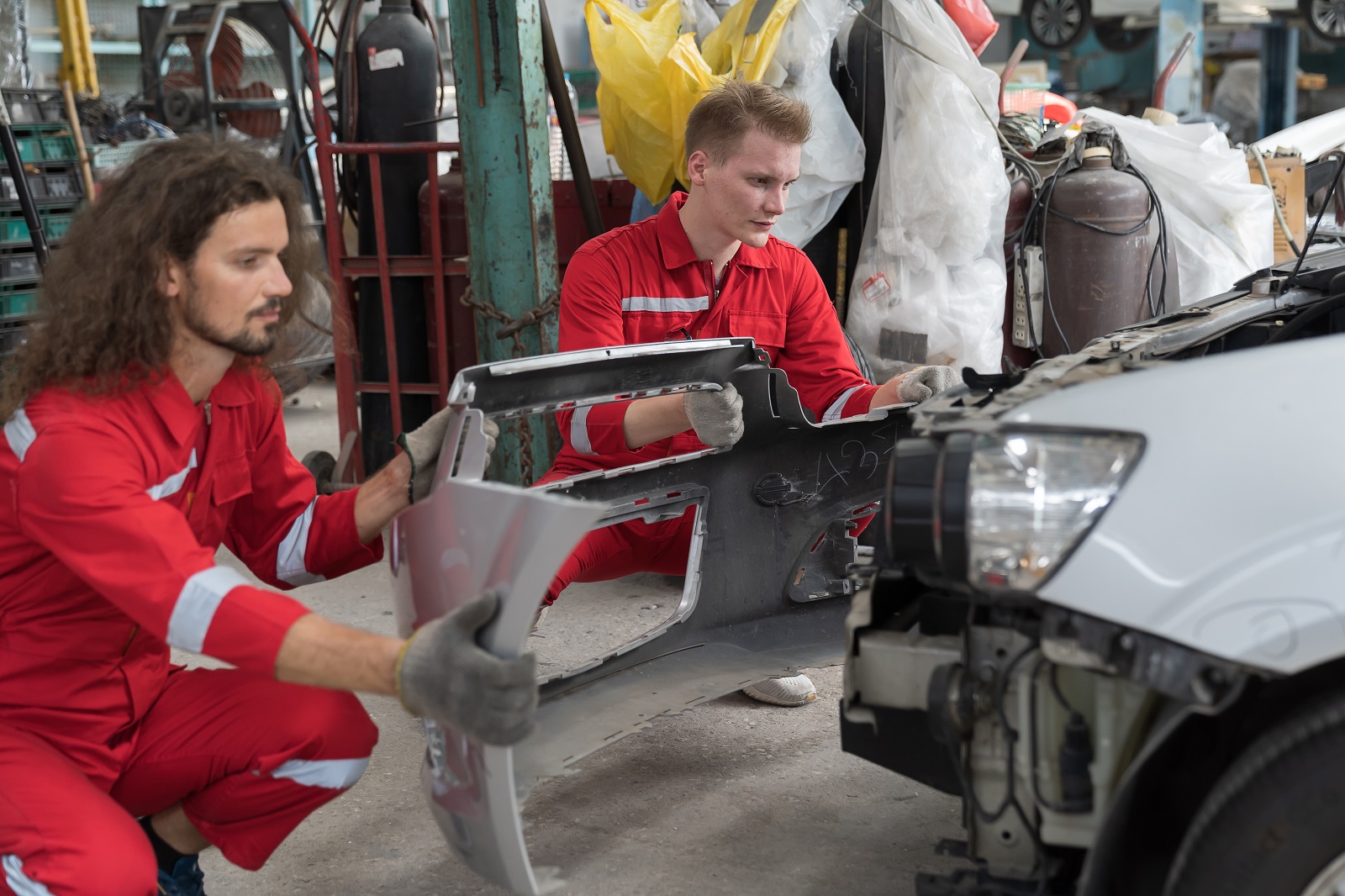
Image Credit: Shutterstock /
Restoration isn’t just about elbow grease; it requires meticulous planning. Enthusiasts must decide whether to restore the car to factory specifications or modify it with modern enhancements. This stage includes creating a budget, sourcing parts, and establishing a timeline.
4. Dismantling and Cataloging

Image Credit: Shutterstock / tuaindeed
The process begins with dismantling the car piece by piece. Every part, down to the last bolt, is cataloged and photographed to ensure nothing gets lost. This careful documentation is essential for reassembly and helps identify what can be restored versus what needs replacing.
5. Rust Removal and Repair
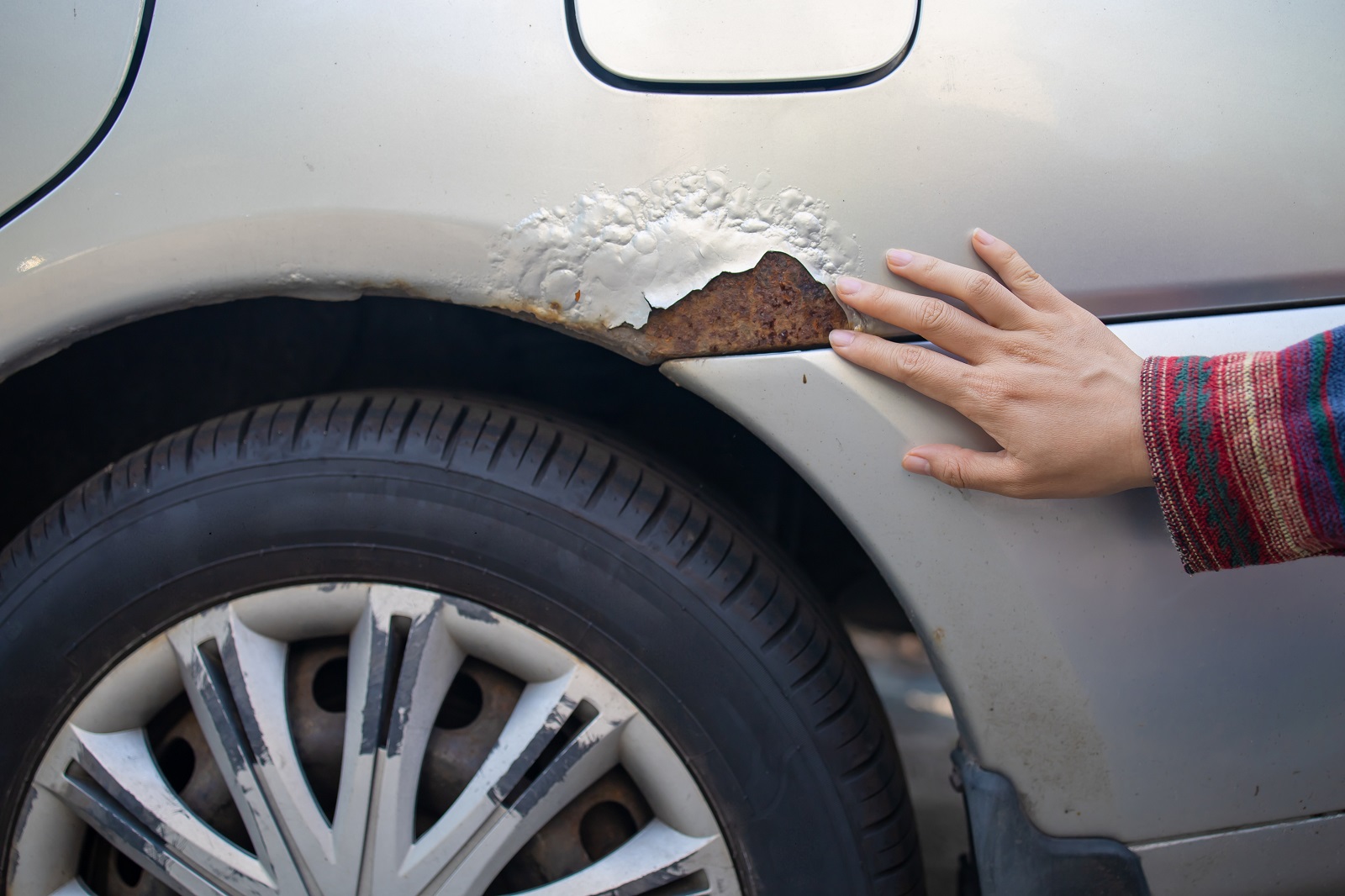
Image Credit: Shutterstock / Yanya
Rust is the bane of any restoration project. The car’s body is stripped down to bare metal, and rusted sections are cut out and replaced with new panels. Techniques like sandblasting and chemical rust removers are employed to ensure a clean, solid foundation.
6. Engine Overhaul
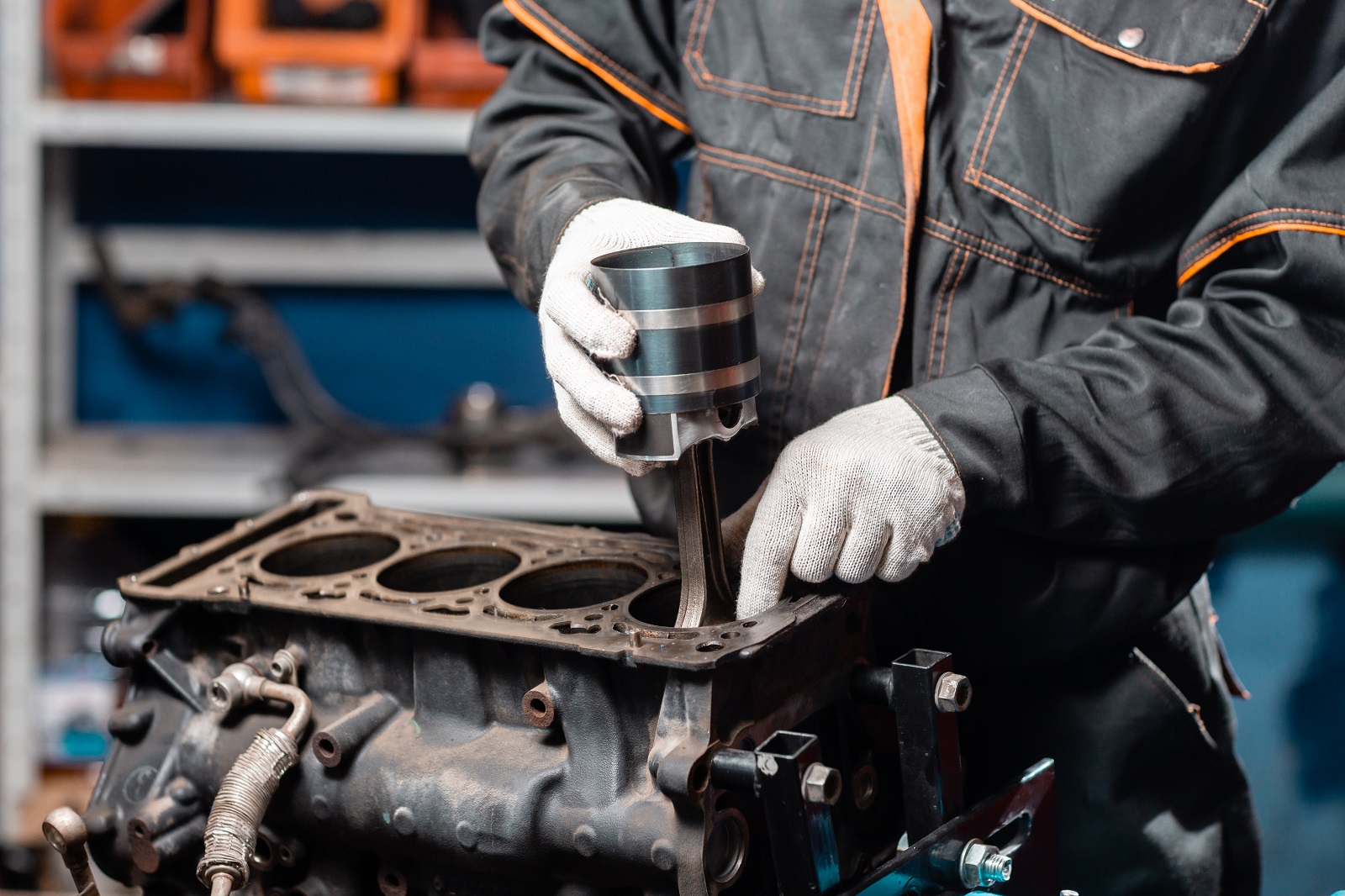
Image Credit: Shutterstock / Fusionstudio
The heart of the car, the engine, often requires a complete rebuild. This involves disassembling the engine, cleaning and machining parts, and replacing worn components. Modern upgrades can be incorporated to improve performance while maintaining the engine’s classic character.
7. Restoring the Interior
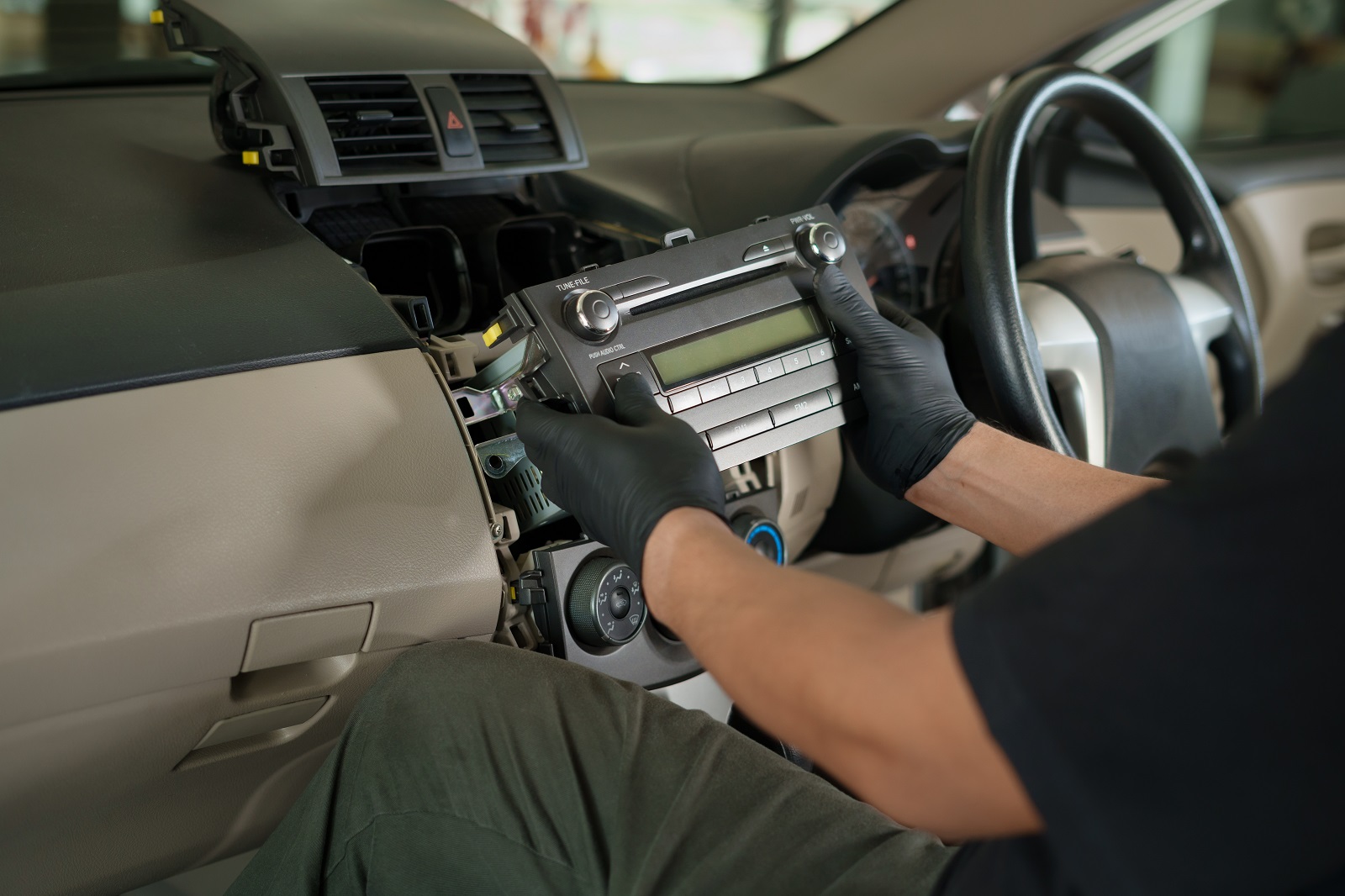
Image Credit: Shutterstock / BK foto
A car’s interior tells its own story of wear and tear. Seats are reupholstered, dashboards are restored, and new carpeting is installed. Attention to detail is key, as the interior should reflect the car’s original charm or the owner’s vision for a custom look.
8. Electrical System
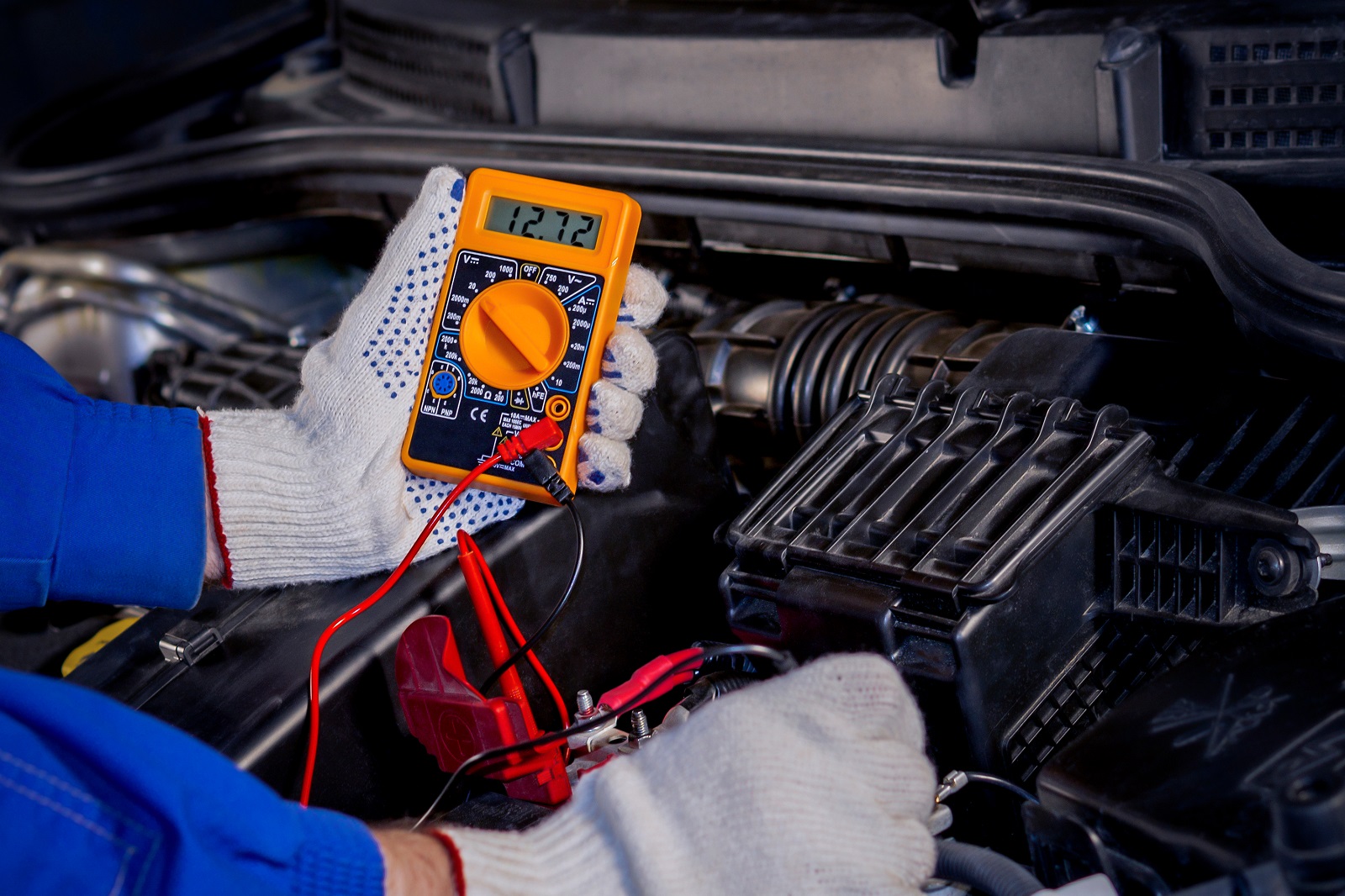
Image Credit: Shutterstock / 63ru78
The electrical system is often one of the most challenging aspects of restoration. Rewiring the car ensures reliability and safety. Modern wiring kits can help, but purists might opt to restore the original harnesses.
9. Paint and Bodywork
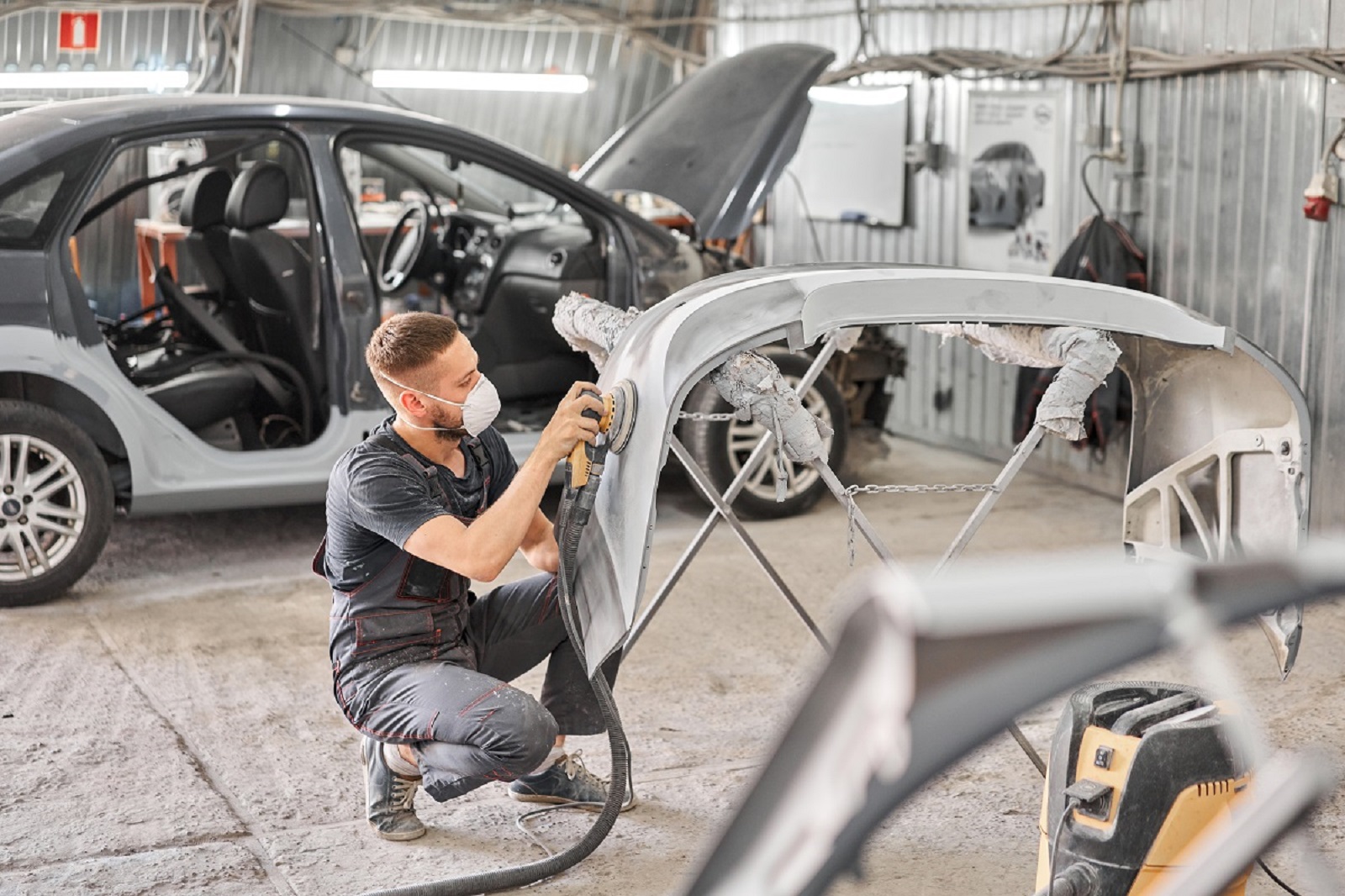
Image Credit: Shutterstock / Fusionstudio
The paint job is what transforms a rusty shell into a gleaming masterpiece. This step involves meticulous bodywork to smooth out imperfections, followed by primer, paint, and clear coat. Each layer is sanded and polished to achieve a flawless finish.
10. Reassembly
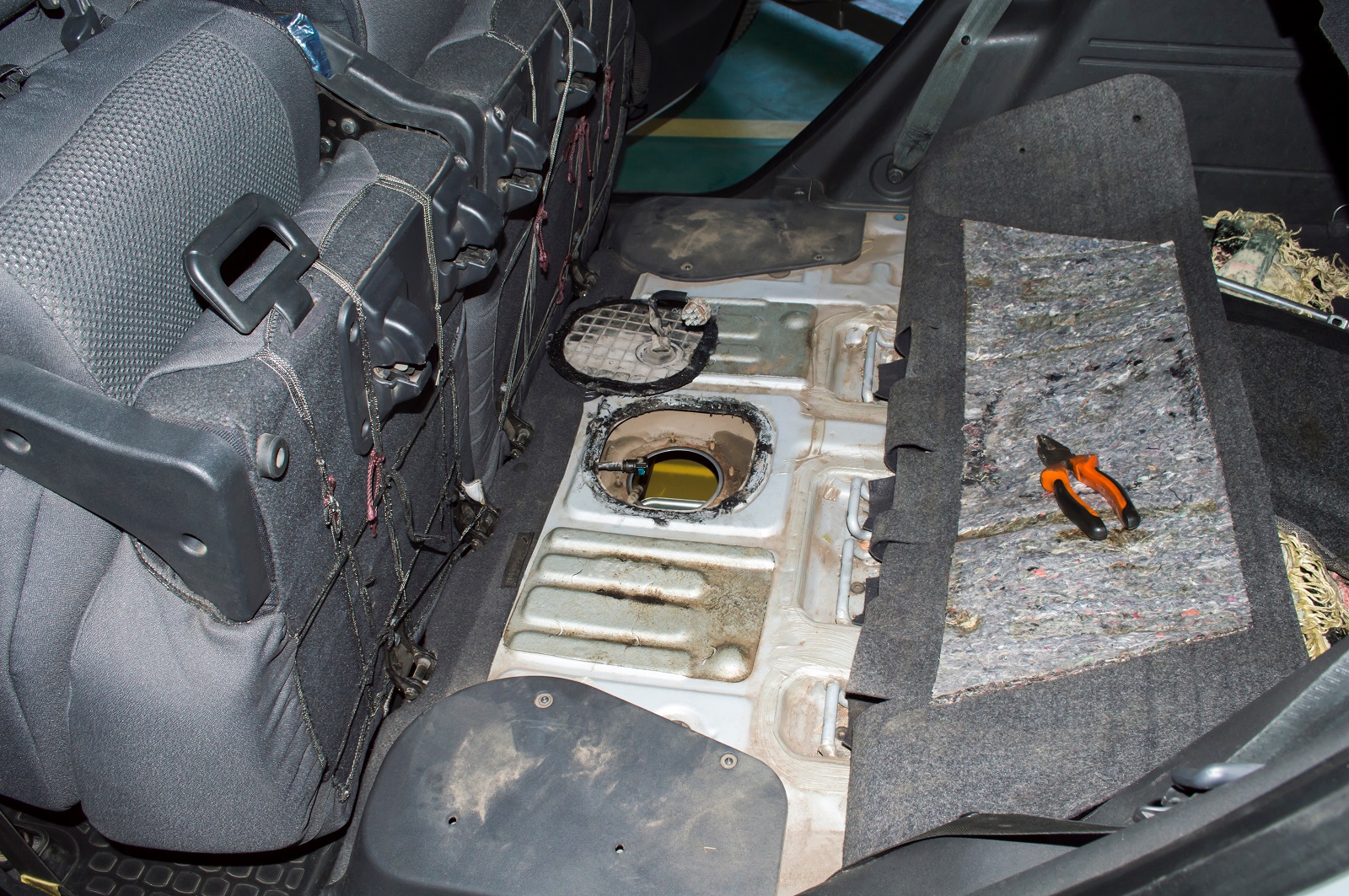
Image Credit: Shutterstock / Dima Aletskyi
Reassembling the car is like putting together a complex puzzle. Every part is carefully installed, ensuring it fits and functions as intended. This stage requires patience and precision to bring the car back to life.
11. Testing and Tuning
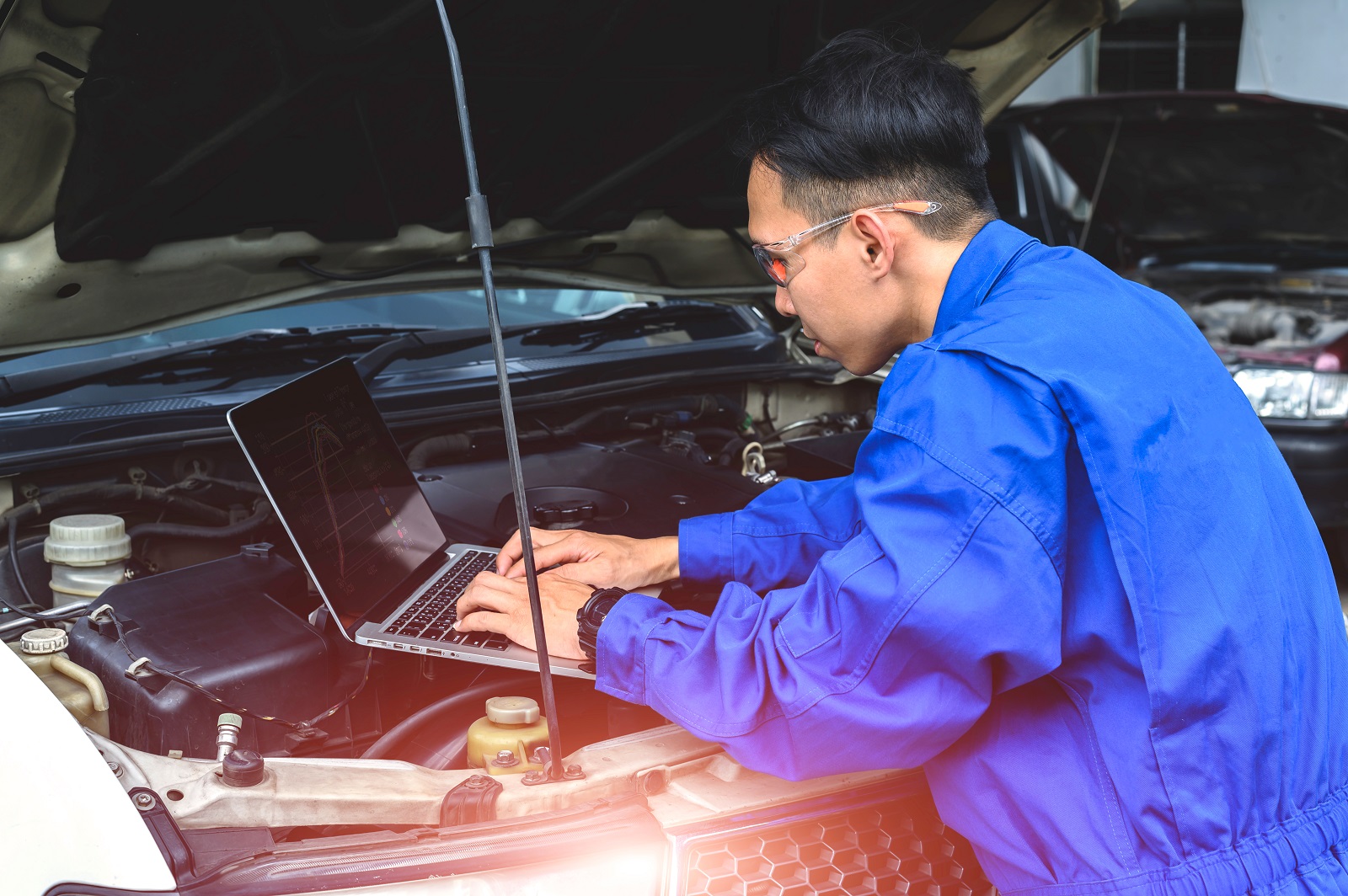
Image Credit: Shutterstock / ichefboy
Once reassembled, the car undergoes rigorous testing and tuning. This ensures that all systems function correctly and that the car drives as well as it looks. Adjustments are made to the engine, suspension, and brakes for optimal performance.
12. Custom Modifications

Image Credit: Shutterstock / RSplaneta
Some restorations include custom modifications to enhance performance or aesthetics. This can range from upgraded suspension systems to modern infotainment units, blending classic style with contemporary convenience.
13. Sourcing Authentic Parts
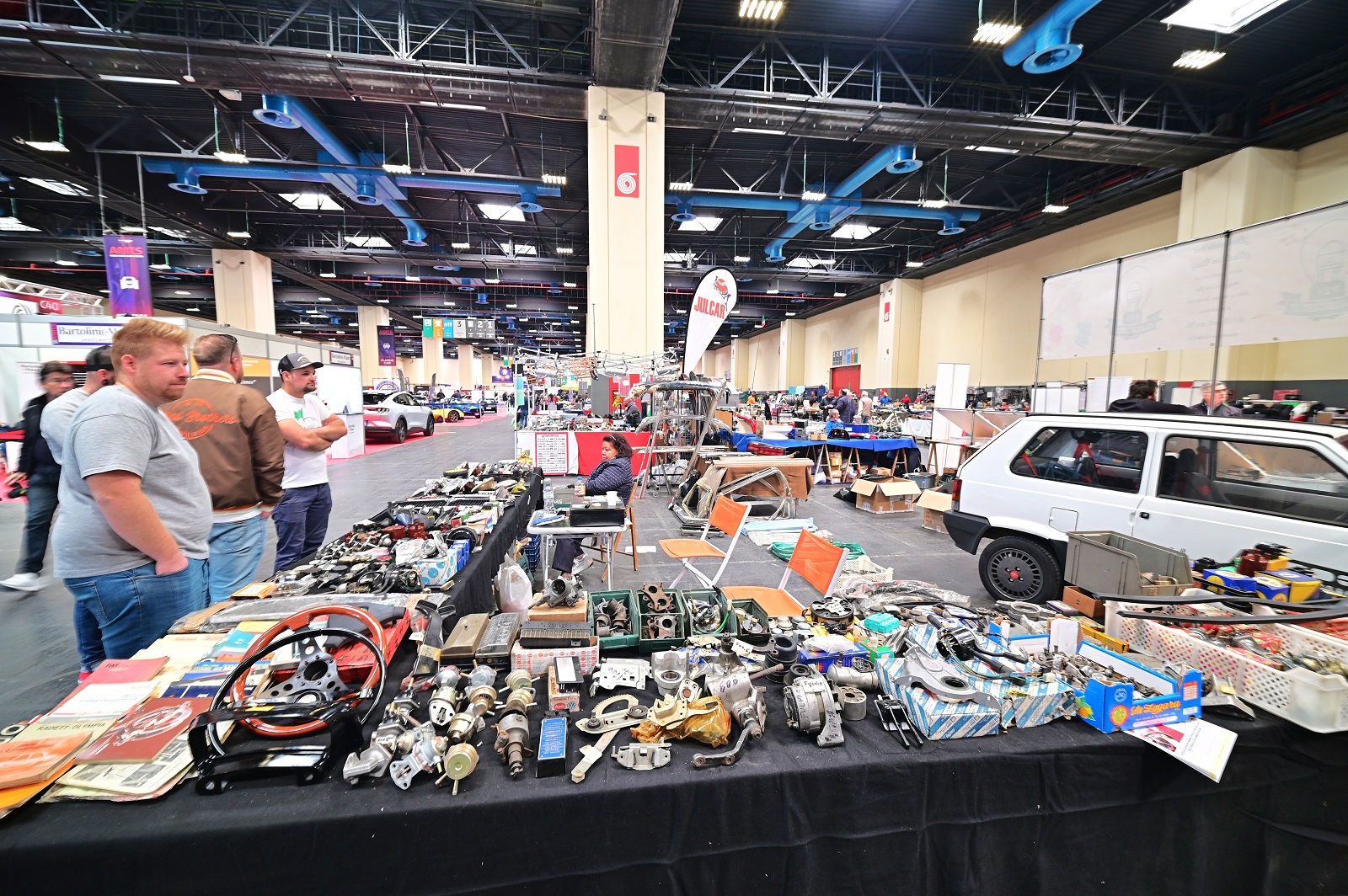
Image Credit: Shutterstock / Antonello Marangi
Finding authentic parts is crucial for a true restoration. Enthusiasts often scour swap meets, online marketplaces, and specialized suppliers to find original or reproduction parts that match the car’s make and model.
14. Expert Craftsmanship
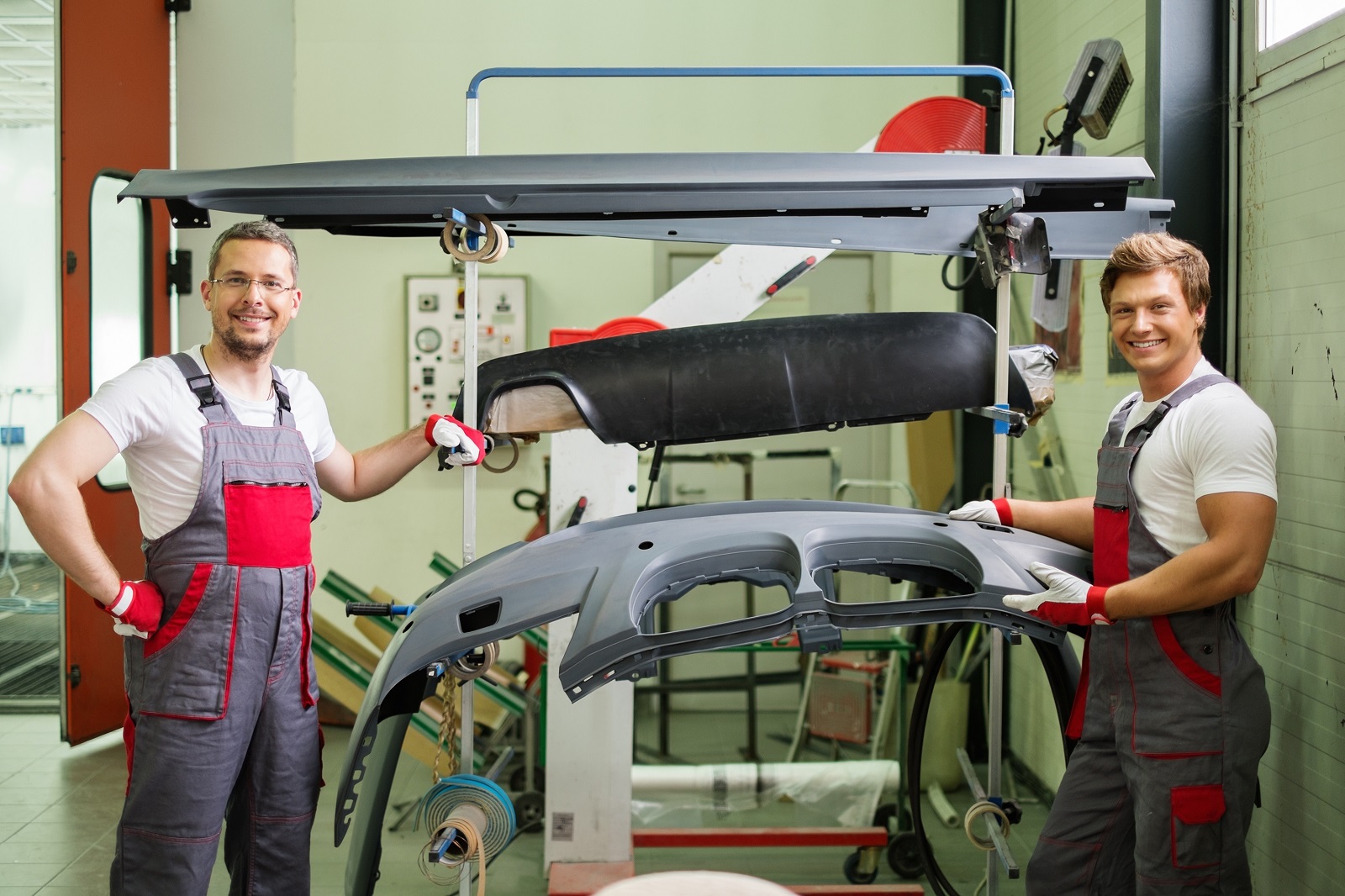
Image Credit: Shutterstock / Nejron Photo
Restoration requires a blend of skills, from mechanical expertise to artistry in bodywork and paint. Many enthusiasts collaborate with specialists who bring their own craftsmanship to the project, ensuring every aspect meets high standards.
15. Patience and Perseverance
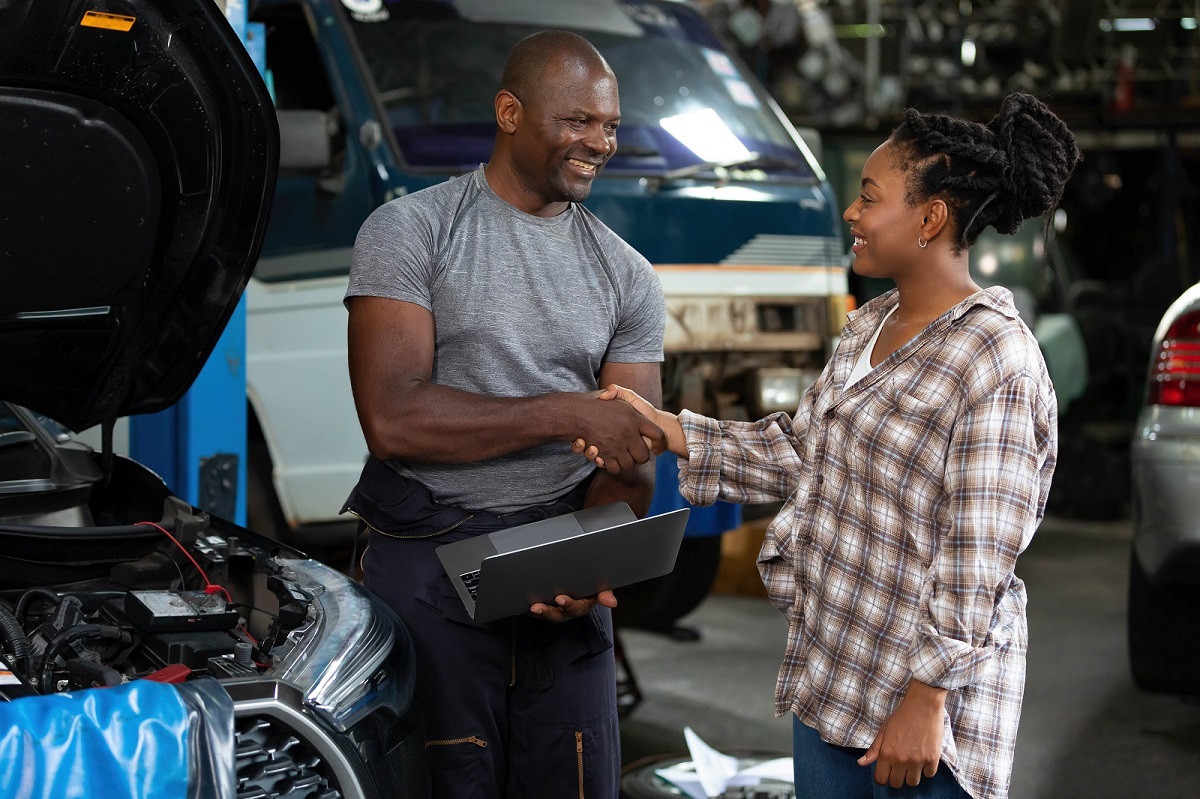
Image Credit: Shutterstock / Mangkorn Danggura
Restoring a car is a marathon, not a sprint. It takes patience, dedication, and perseverance to see a project through to completion. Each challenge overcome adds to the satisfaction of seeing the final result.
16. Sharing the Journey

Image Credit: Shutterstock / Konstantin Kolosov
Many restorers document their journey through blogs, forums, and social media. Sharing progress and setbacks not only helps connect with fellow enthusiasts but also preserves the knowledge and experience gained along the way.
17. Celebrating the Finished Product

Image Credit: Shutterstock / Jordan Tan
The moment a restored car rolls out of the garage is one of triumph. It’s a celebration of countless hours of work, attention to detail, and a deep passion for automotive history. Car shows and rallies become venues to showcase these labor-of-love projects.
18. The Economics of Restoration
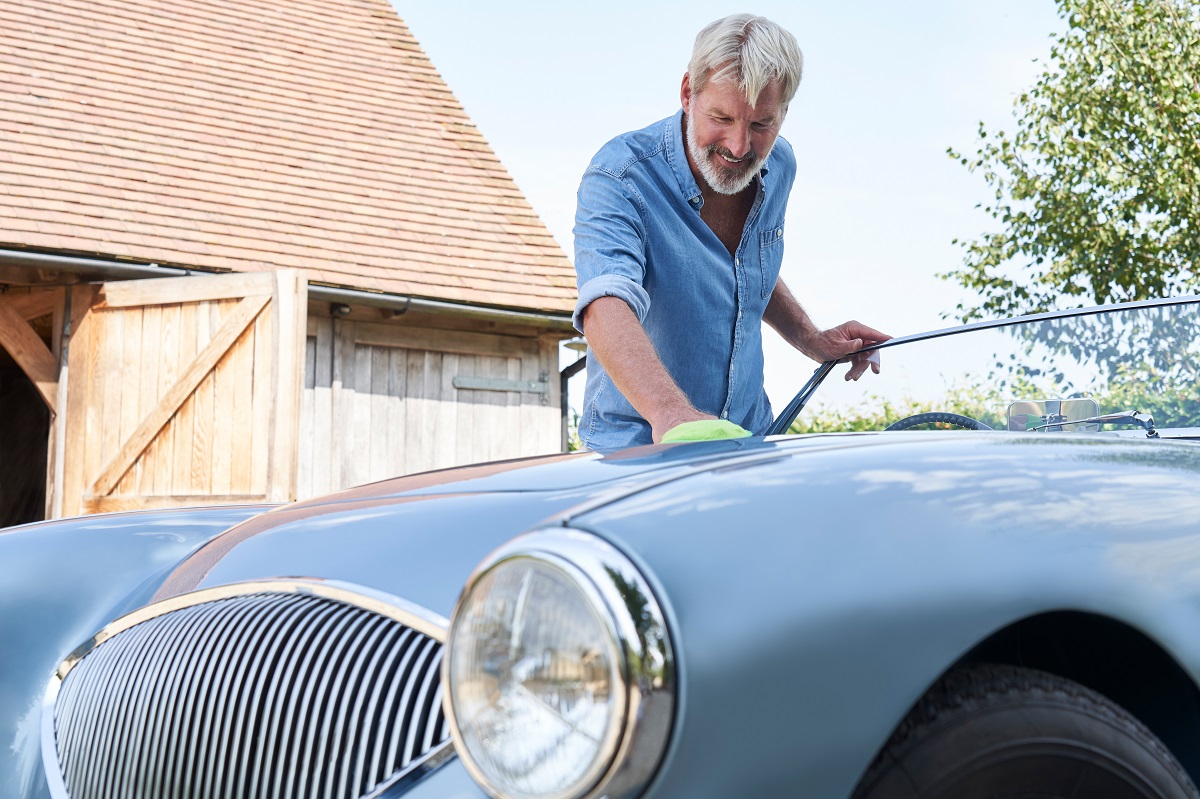
Image Credit: Shutterstock / SpeedKingz
Restoration isn’t just a hobby; it can be an investment. Classic cars, especially those restored to high standards, often appreciate in value. Understanding the market and potential return on investment can guide decisions throughout the restoration process.
19. Preserving History

Image Credit: Shutterstock / katacarix
Each restored car is a piece of history preserved for future generations. These vehicles tell the story of automotive innovation and design, capturing a moment in time when cars were more than just transportation.
20. The Next Project
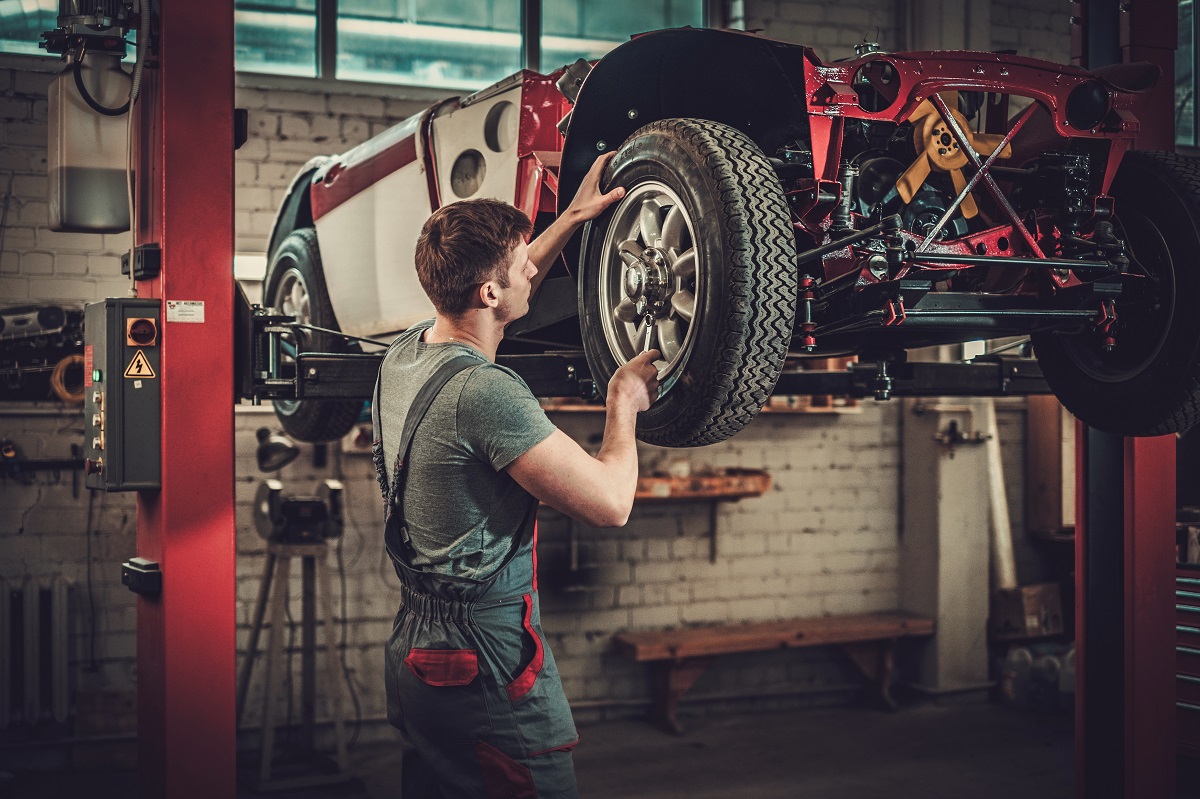
Featured Image Credit: Shutterstock / Nejron Photo
For many, the end of one restoration project marks the beginning of the next. The cycle of finding, restoring, and enjoying classic cars is a lifelong passion, fueled by the joy of bringing history back to life.
The Road Ahead

Featured Image Credit: Shutterstock / Anna Jedynak
Restoring classic cars is more than a hobby; it’s a journey of discovery, craftsmanship, and passion. What project will you tackle next, and how will you bring a piece of automotive history back to life?
Police Magnet: 7 Cars That Guarantee You’ll Get Pulled Over
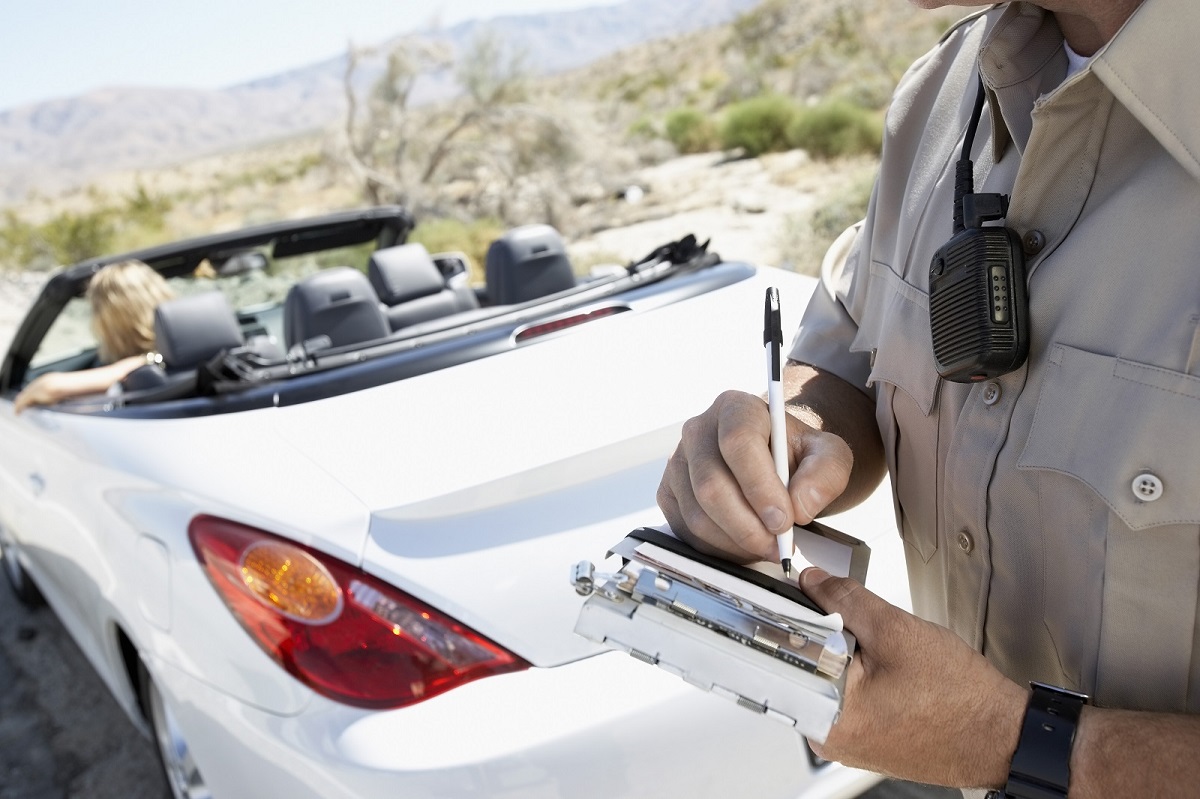
Image Credit: Shutterstock / sirtravelalot
Driving certain cars can make you more noticeable to law enforcement, even if you’re abiding by all the rules. Are you driving one of these “police magnets”? Here are seven cars that seem to attract more police attention than others. Police Magnet: 7 Cars That Guarantee You’ll Get Pulled Over
The Classic Cars That Were Total Clunkers
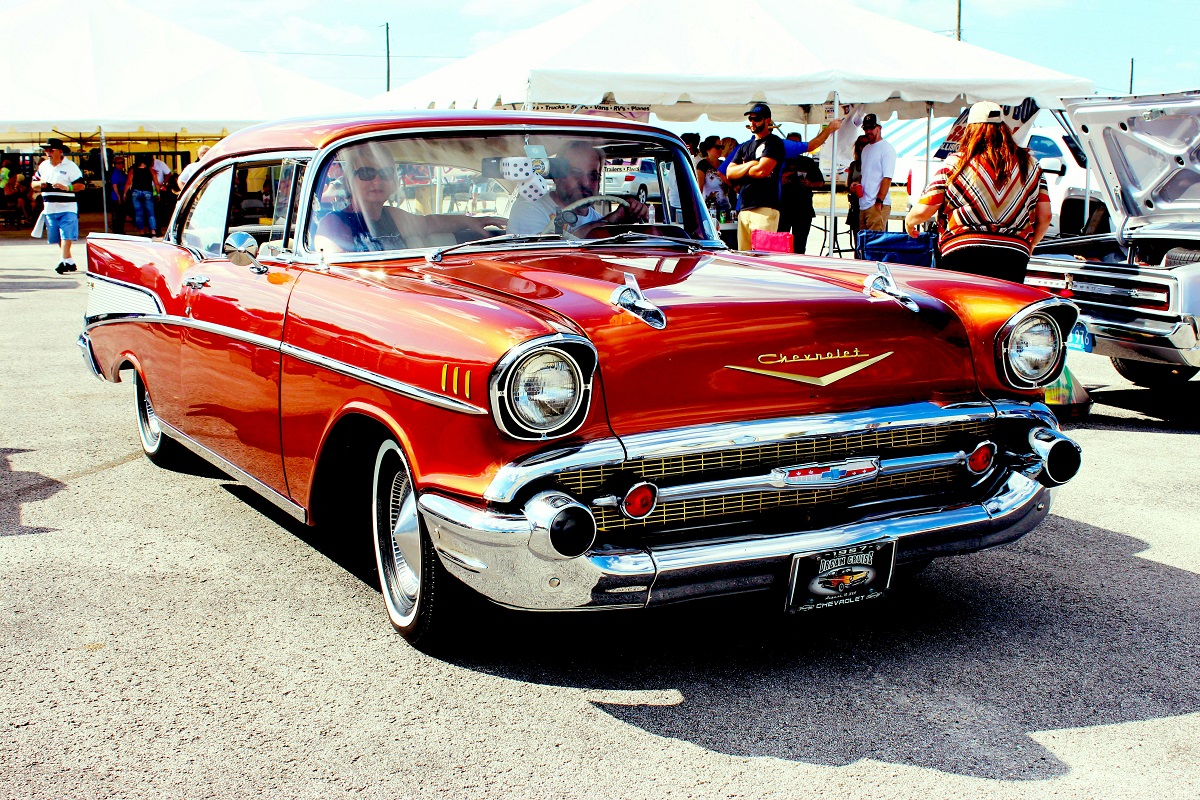
Image Credit: Pexels / Pixabay
Nostalgia has a funny way of making the past seem better than it was, especially when it comes to cars. But here’s the hard truth: some of those “classic” cars your dad raves about were real clunkers. Here’s a closer look at why some of those so-called “classics” weren’t all they were cracked up to be. The Classic Cars That Were Total Clunkers
The Worst U.S. Cars Ever Made: A Retro List
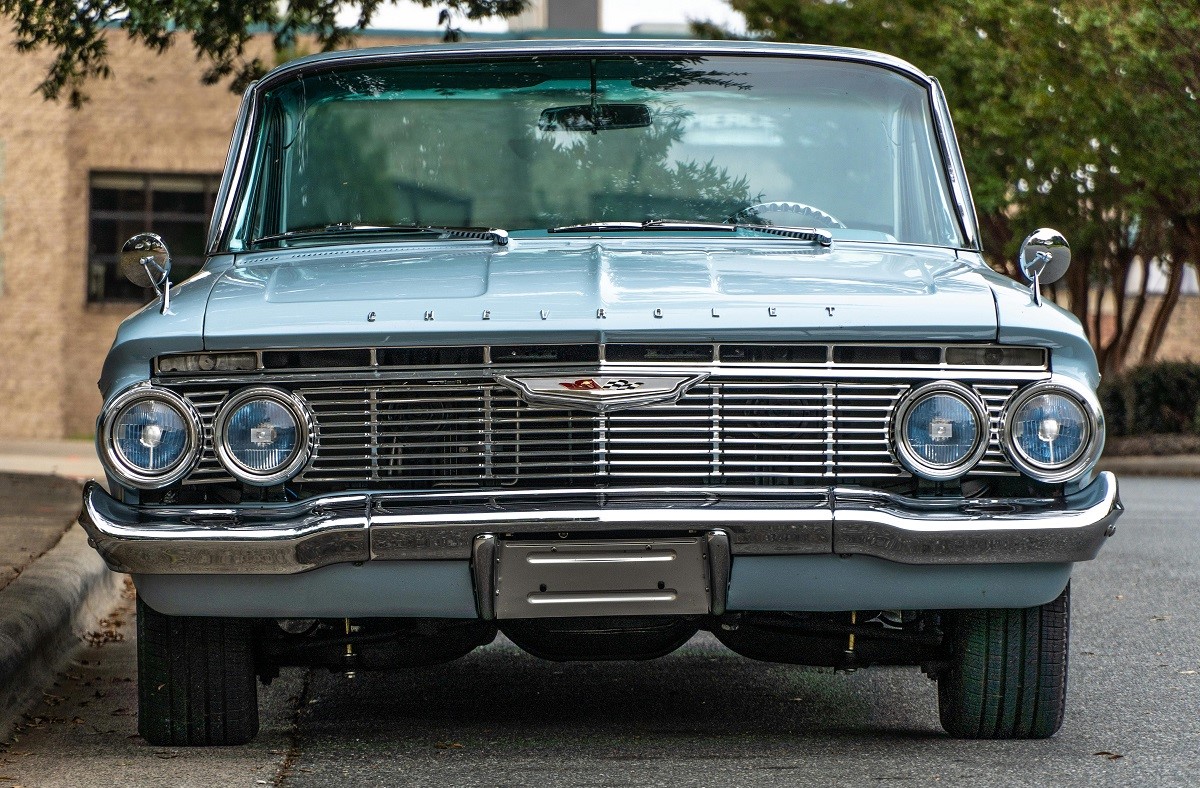
Image Credit: Pexels / Be The Observer
The U.S. auto industry has produced some incredible vehicles, but not every model was a hit. Here’s a look back at 16 of the worst cars ever made in the U.S., each infamous for its own unique flaws. The Worst U.S. Cars Ever Made: A Retro List
Featured Image Credit: Shutterstock / Sergey Kohl.
For transparency, this content was partly developed with AI assistance and carefully curated by an experienced editor to be informative and ensure accuracy.
The images used are for illustrative purposes only and may not represent the actual people or places mentioned in the article.
